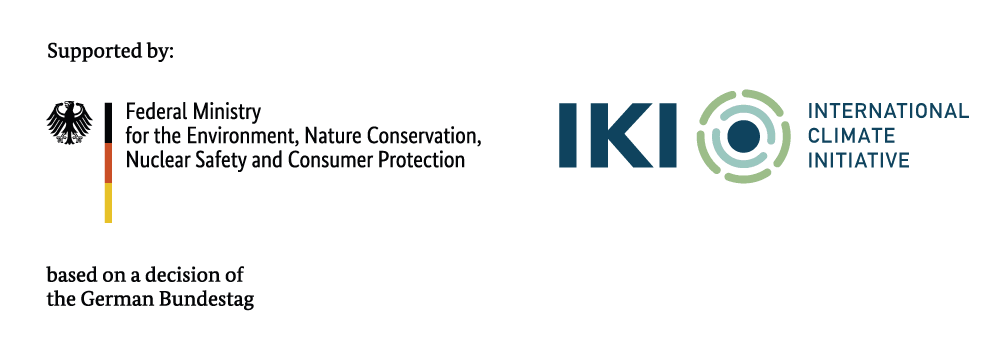SUSBA
Menu
The SUSBA interactive toolkit enables assessment and benchmarking of critical Environmental & Social integration performance for banks across the globe, both on general environmental issues and sector-specific issues.
Identify key improvement areas to stay competitive, resilient and relevant in a resource-constrained, low-carbon nature-positive future.
View assessment results organized according to SUSBA’s “Six Pillars” framework, the Principles for Responsible Banking (PRB) or the Task Force on Climate-related Financial Disclosures (TCFD) recommendations.
The world faces the twin threats of climate change and nature degradation. Each causes and exacerbates the other in a vicious cycle. These planetary emergencies manifest as environmental and social (E&S) threats that create material risks to both society and the economy.
These risks can negatively impact companies’ bottom lines and valuations. Acute physical risks (e.g. floods) disrupt supply chains, while chronic physical risks (like temperature rise) destroy productivity. Regulatory and legal risks arise from increasing incidence of stricter E&S regulations and the ensuing liability of not adhering to such laws. Market risk from shifting supply and demand (toward sustainably sourced products) will leave companies that do not respond in time at a competitive disadvantage. Reputational risks from E&S controversies can lead to depressed demand for a company’s products or loss of the social licence to operate in a particular market.
The finance sector is well positioned to safeguard against these risks. Whether by choice or by law, financiers can guide companies of all sizes and in all industries along a transition to a more sustainable economy. By managing exposure to E&S risks and engaging clients to develop more resilient business models, financial institutions can shift capital flows toward sustainable growth and drive positive impact in the real economy – and therefore in society as a whole. In doing so, financial institutions stand to gain from a wealth of new opportunities in providing sustainable products and solutions.

Loss of coral reefs in a 2°C scenario, with losses of up to US$5.3 billion per year by 2030

Annual crop output at risk due to pollinator loss from land degradation across a quarter of the globe

Drop in ocean net primary production along with 25% decrease in fish biomass by the end of the century

People at risk of floods and hurricanes from loss of coastal protection

Tropical forests cut down in 2019, akin to one football pitch every six seconds

Marine fish stocks that were overfished or maximally sustainably fished in 2017

Global cost of fossil fuel subsidies, including reduced benefit from ecosystem services

Value at risk, as a result of climate change, to global manageable assets between 2015 and 2100
People in developing countries affected by land degradation, which blights over a quarter of global land area
The Sustainable Banking Assessment (SUSBA) tool shows year-on-year changes and highlights progression or regression in banks’ performance on the integration of environmental and social (E&S) considerations in their corporate strategy and decision-making processes.
In 2022, seafood was added to the SUSBA sector analysis. The sector’s growing importance as a key source of protein, paired with the growing ESG challenges it faces, position it as a key source of both potential financial risk and opportunity.
A pilot assessment for select banks with seafood-related portfolios has been conducted and will be released in the Sector and Issues in 2023 after consultation with banks. One additional sub-indicator was added in 2022 to assess if a bank has policies and procedures in place in order to identify exposure to illicit activity involving wildlife and environmental crimes.
For 2022, SUSBA assessed 36 banks across ASEAN, 10 banks in Japan and Korea, and an additional eight international banks active in the region.
For 2023, 2 additional sub-indicators were added this year on policies regarding free, prior and informed consent (FPIC) requirements and solutions for small and medium enterprises (SMEs).
For 2023, SUSBA assessed 39 ASEAN banks, 10 major Japanese and Korean banks, and an additional eight international banks active in the region.
View the performance of assessed banks on ESG integration. Use the results to inform decision-makers within governments and financial institutions to drive the development of sustainable banking.
Access a comprehensive overview of bank disclosures against 11 ESG integration indicators.
Build bespoke assessment outputs that compare selected indicators across banks and countries or compare a custom list of banks.
Generate easily digestible reports based on your customized assessment outputs. Download and share them to catalyse change.
(For board members, senior management/C-suite, sustainability teams, etc)
(For board members, senior management/C-suite, portfolio managers, banking sector analysts, ESG analysts)
